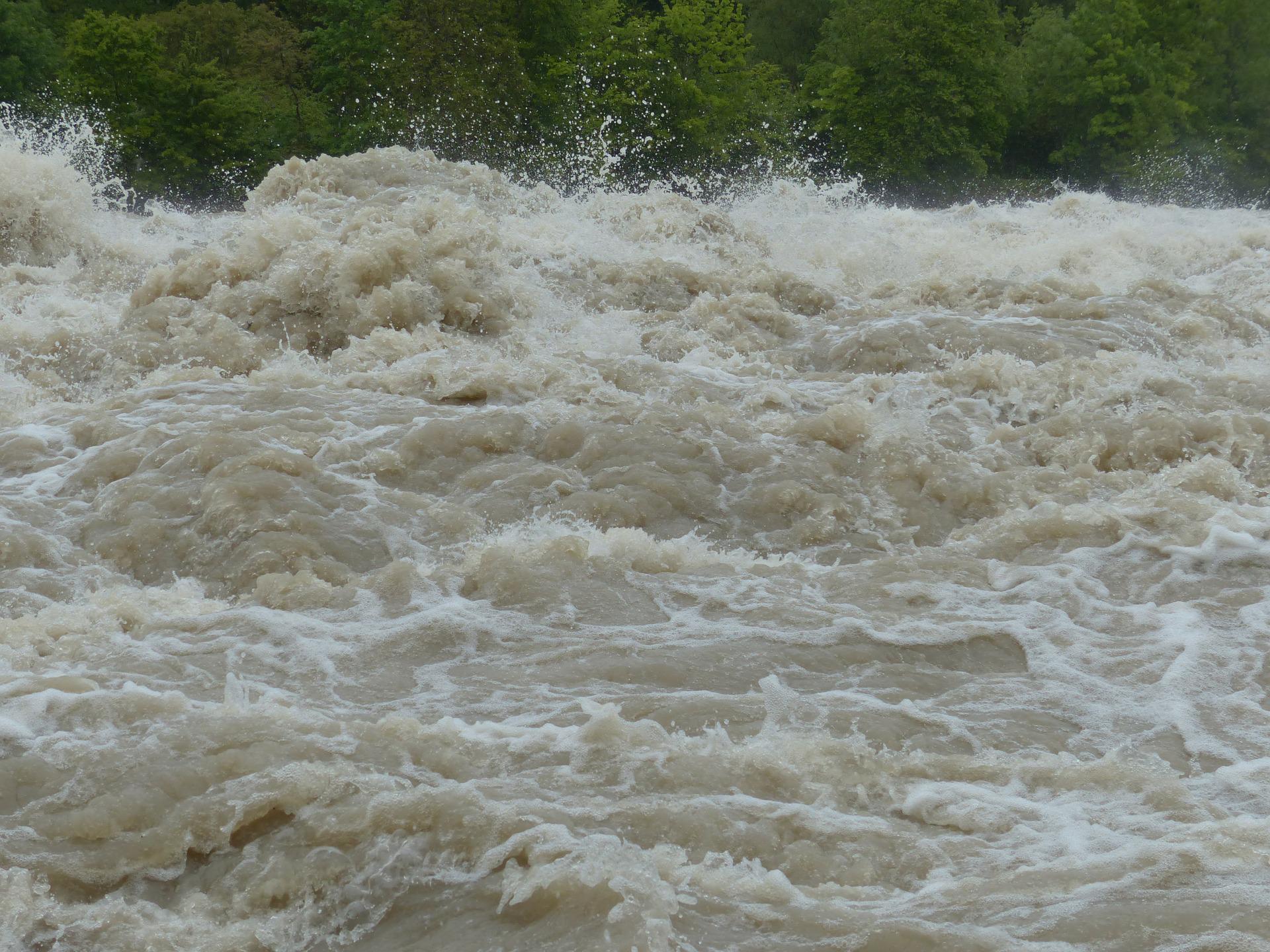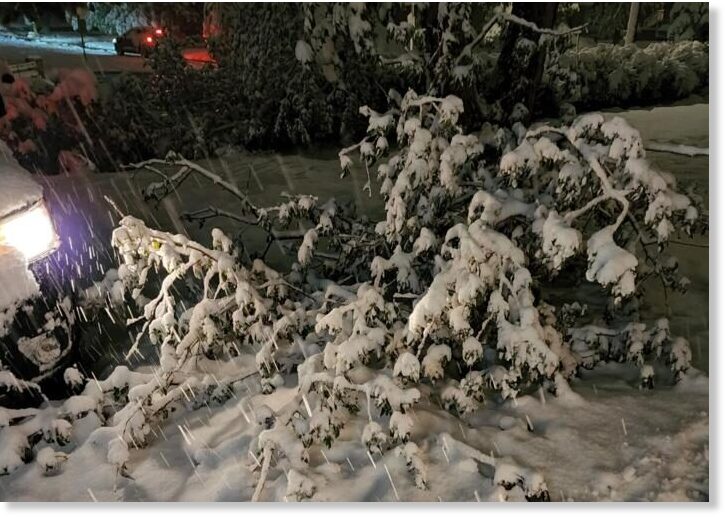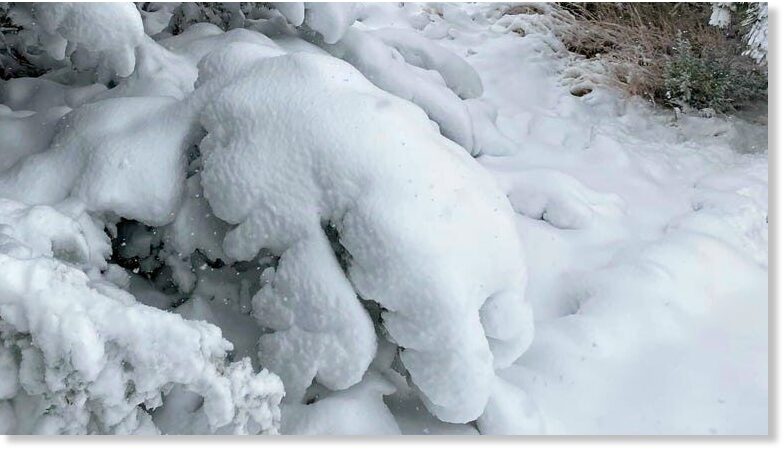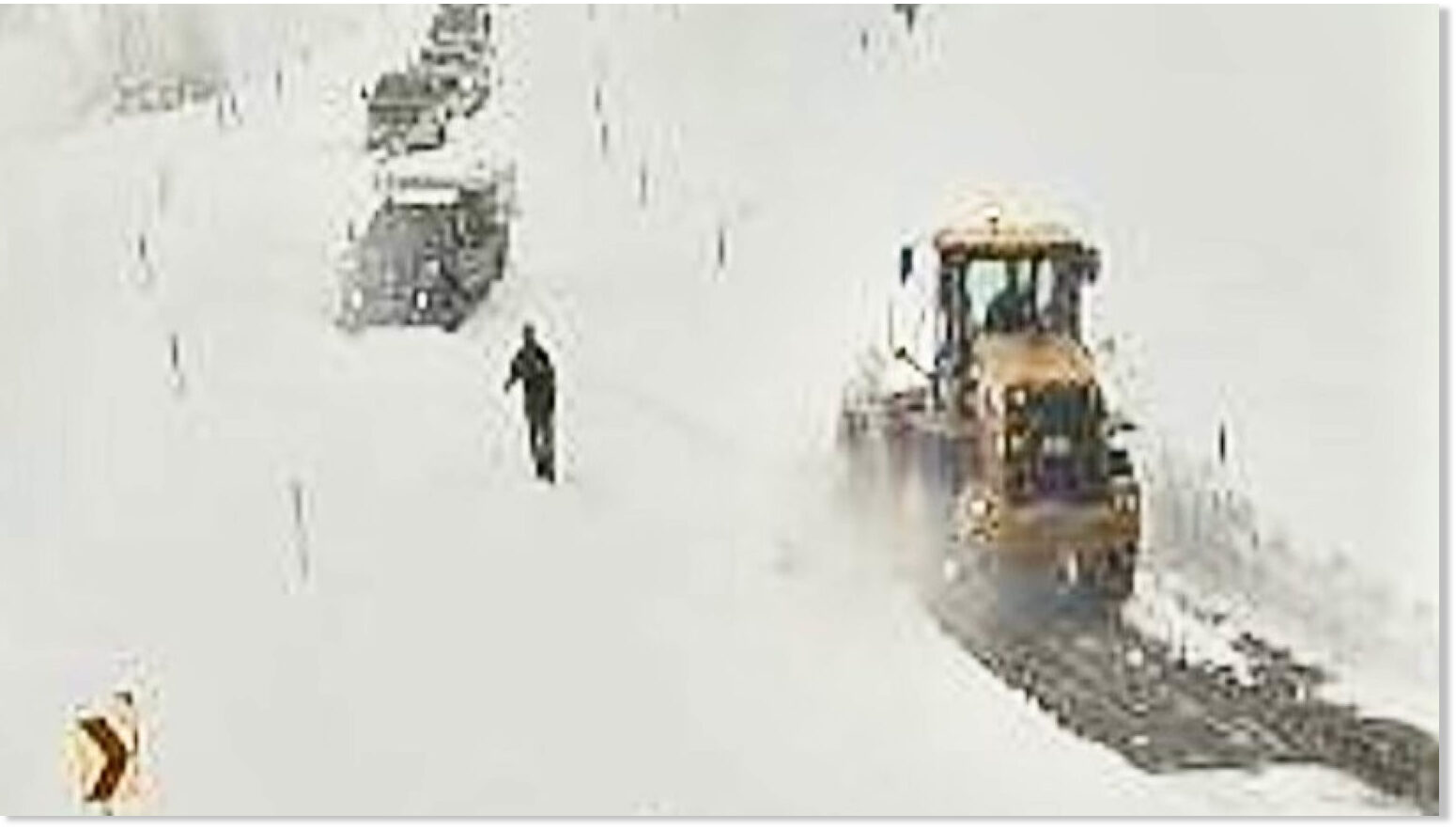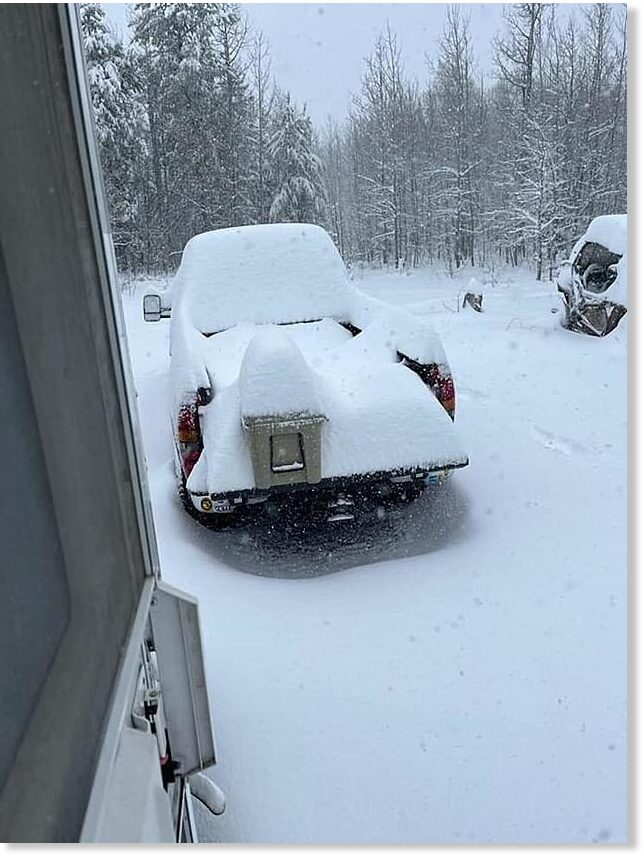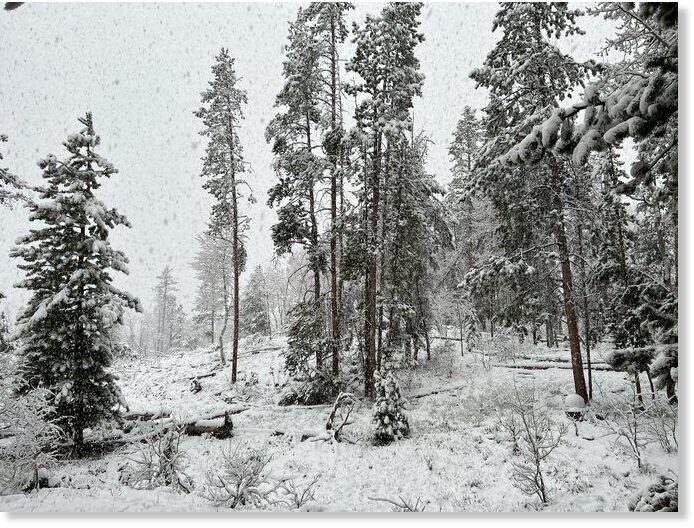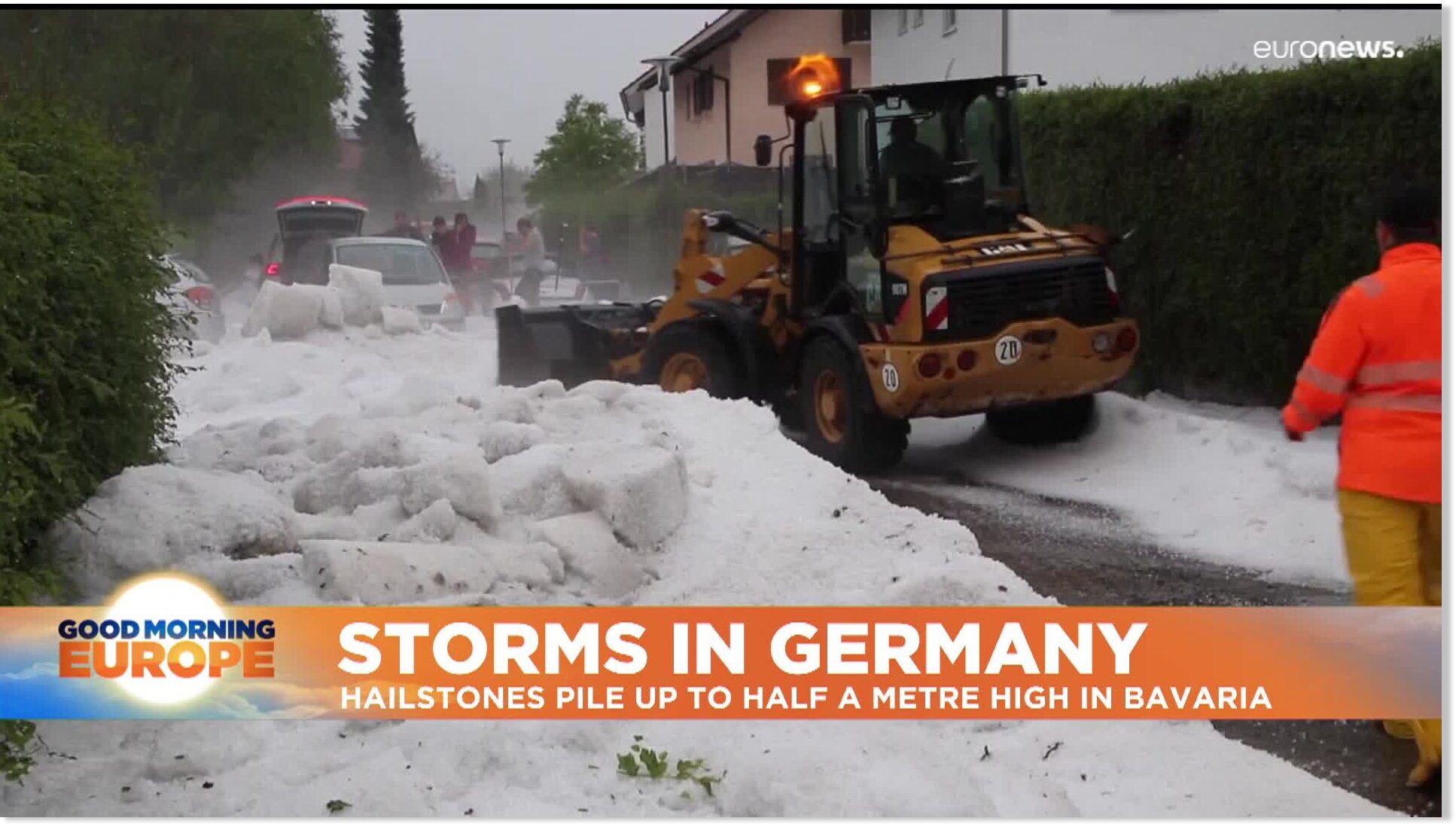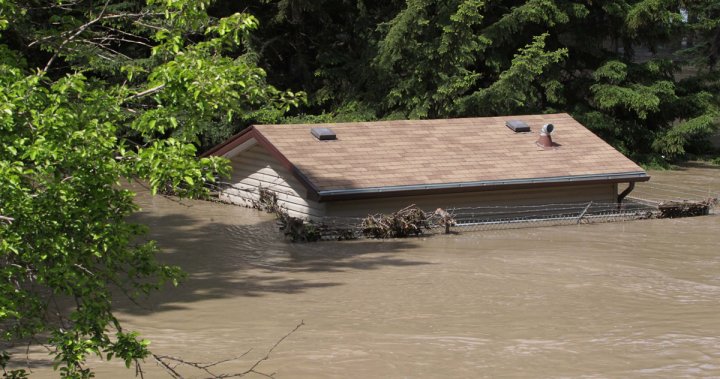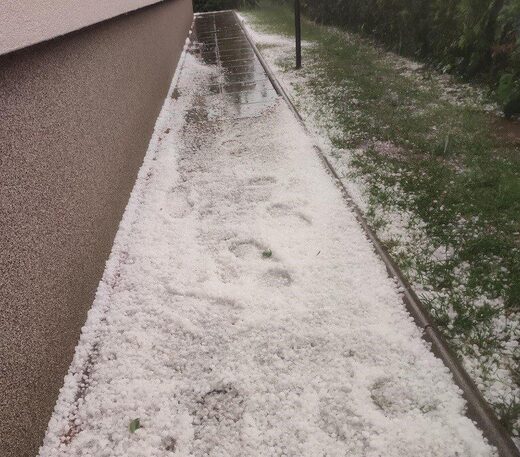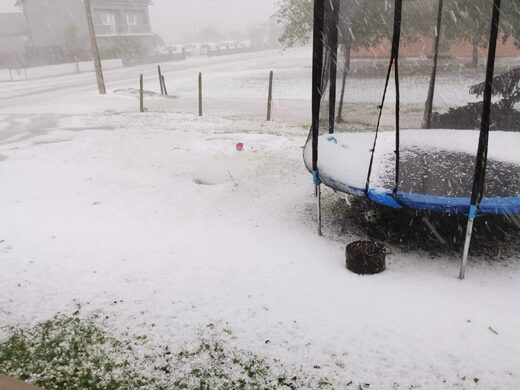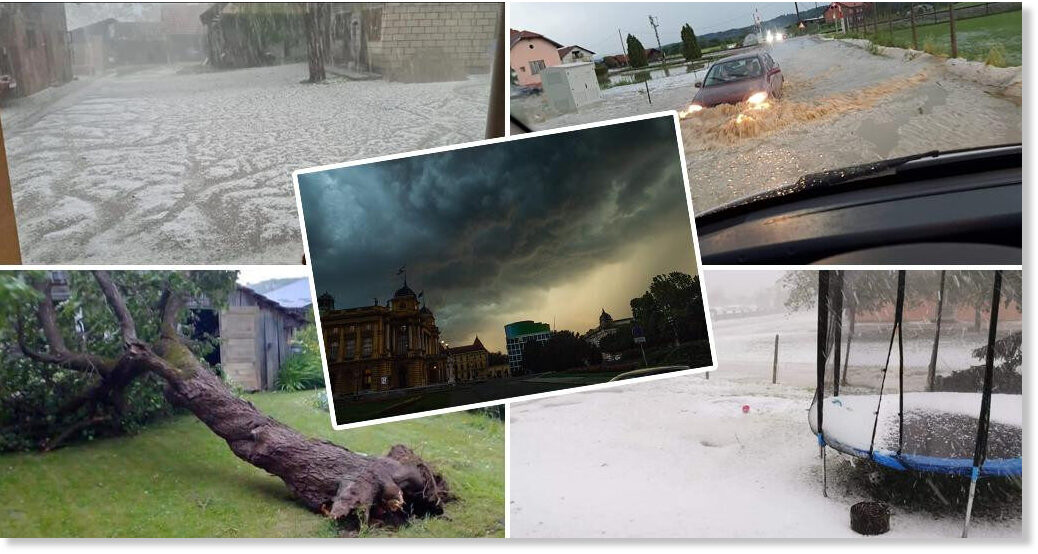A Google news search for the term “climate change,” over the past few days turns up dozens of stories in corporate media outlets blaming climate change for recent deadly floods in South Africa. Although many of the stories accurately captured the pathos of the human tragedy resulting from South Africa’s floods, they all mispresented the facts: human caused climate change did not cause the recent floods. History shows, because of its topography and regional ocean circulation patterns, floods regularly occur in South Africa. No data support the claim South Africa’s floods are increasing in number or intensity. The death and damage caused by the April 2022 flooding is due to rising populations in flood zones, poverty, and poor infrastructure.
The Associated Press (AP),
CNN, the
New York Times among other mainstream media outlets have all jumped on the claims of a single study attributing the fatal flooding in South Africa’s Eastern Cape and Kwa-Zulu Natal, particularly in the fast growing city of Durban, to human caused climate change. The widely carried AP story,
“Climate change a major factor in fatal South Africa floods,” is typical of the media’s coverage of the flawed, unverified, research.
“The fatal floods that wreaked havoc in South Africa in mid-April this year have been attributed to human-caused climate change, a rapid analysis published Friday by … the World Weather Attribution [WWA] group,” writes the AP. “‘Human-induced climate change contributed largely to this extreme weather event,’ Izidine Pinto, a climate analyst at the University of Cape Town and part of the group that conducted the analysis, said.”
Commenting on the study, the AP writes, “[t]he analysis used long-established and peer-reviewed climate models to account for various levels of sea surface temperatures and global wind circulation among other factors … [to produce a] rapid assessment analysis.”
Climate Realism has previously discussed WWA’s past flawed efforts to rapidly link particular weather events to human caused climate change,
here and
here, for example.
It has long been recognized in the scientific community that the climate models relied upon by WWA to make its attributions and praised by the AP are seriously flawed, a fact covered in
Climate Realism, most recently
here and
here, and in
Climate Change Weekly,
here and
here. Among the greatest weaknesses acknowledged by the U.N. Intergovernmental Panel on Climate Change (IPCC) about climate models is that they only display a poor understanding of ocean circulation patterns and clouds, two factors fundamental to storm patterns. Compounding error upon error, WWA then uses these flawed models in ways they were never intended to be used, to “attribute” odds that particular events or degrees of intensities of events, would not have occurred absent climate change. Climate models were not designed to make such attribution claims.
Floods are a natural, relatively regular occurrence in certain regions of South Africa, particularly along the streams, rivers, and steep ravines common along the mountainous Eastern Cape and coast, where Durbin is located.
“Floods are the most frequently recorded disasters in southern Africa,” said one recent report,
Floods: Current state and implications of climate change.. “South Africa is no exception and experienced 77 major floods between 1980 and 2010, costing the lives of at least 1,068 people,” continuing “[e]ven though the exact place, time and date of the next flood cannot be predicted, we know floods will happen.”
Topography, mountainous regions containing numerous steep ravines rapidly funneling rainfall into rivers and streams is one reason areas in South Africa are prone to periodic flooding. Another factor is prevailing winds and ocean circulation patterns.
First Post listed factors which contributed to the deadly flooding:
[T]he rains were part of a normal South African weather system called a “cut-off low” which can bring heavy rain and cold weather.
Cut-off low pressure systems are common. Their frequency becomes high during autumn and spring seasons, and they are differing in strength,” said Puseletso Mofokeng with the South African Weather Service.
Some of these systems are very intense, causing heavy rain, hail, strong and potentially damaging winds and heavy snowfall.
A cut-off low in April 2019 killed 85 people in Eastern Cape and KwaZulu-Natal provinces.
In addition,
First Post reports:
Durban experiences floods every year, but not as severe as these.
The city is built on a hilly area with many gorges and ravines — a topography that University of KwaZulu-Natal urban planner Hope Magidimisha-Chipungu says is conducive to floods.
Durban is one of South Africa’s fastest-growing cities, with economic growth outpacing the national average by 2015.
Massive, unplanned migration created housing shortages, which resulted in the mushrooming of shack dwellings, locally called informal settlements.
“The ways in which South African cities were designed were very exclusionary in nature,” said planner Magidimisha-Chipungu. “The spatial planning and the apartheid legacy (placed) the urban poor in the periphery and in the low-lying areas” along riverbanks, she said.
Around a quarter of the metro’s 3.9 million people live in 550 informal settlements around the city. At least 164 of them were built on floodplains, according to Galvin.
To sum up, floods in recent years have all occurred in South African regions known to flood with some regularity. This combined with population increases, with large numbers of people erecting or moving into unplanned shanty towns in known flood zones account for the deadly nature of the floods in recent years. Climate change need not apply.
Indeed the
IPCC’s 6th Assessment Report (AR6) report indicates climate change it is not a factor. As Roger Pielke, Jr., said in his
summary and analysis of AR6:
Heavy precipitation: “the frequency and intensity of heavy precipitation have likely increased at the global scale over a majority of land regions with good observational coverage … [yet] “heavier rainfall does not always lead to greater flooding.”
To make claims about trends in flooding, one should look at trends in flooding and not precipitation. The conflation of the two is a common error.
Concerning flooding AR6 says:
Flooding (detection): “Confidence about peak flow trends over past decades on the global scale is low, but there are regions experiencing increases, including parts of Asia, southern South America, the northeast USA, northwestern Europe, and the Amazon, and regions experiencing decreases, including parts of the Mediterranean, Australia, Africa, and the southwestern USA.”
So while the IPCC has only low confidence it can detect any general increases in flooding during the recent period of modest warming, what data it does have suggests Africa is likely one of the regions experiencing declines in flooding, not increases as suggested by WWA—a suggestion uncritically parroted by the AP and other corporate media outlets.
Noted astronomer Carl Sagan once said, “extraordinary claims require extraordinary evidence.” Neither WWA nor any of the mass media print and broadcast outlets publicizing WWA’s rapid attribution analysis provided any extraordinary evidence indicating climate change was behind South Africa’s recent floods.
The general public would likely benefit from WWA aiming less for a rapid assessment, and more for accuracy in whatever analysis they do produce. Speed should not count for more than the truth in either climate research or reporting.
Why do the media outlets promote the extraordinary alarming results from researchers associated with WWA and their ilk, while ignoring countervailing evidence? Perhaps because disasters and crises sell papers, magazines, and ad time, but also perhaps because they are being directly paid to do so by institutions focused on promoting fighting climate change as a crisis in order to bring about a change in global governance. As I noted in
Climate Change Weekly 427, in February the AP proudly announced they had accepted an $8 million grant from five prominent foundations known for promoting and backing organizations that promote climate alarm. This funding went to support the hiring of more than two dozen journalists to report on climate issues primarily from Africa, Brazil, India, and the United States.
In its press release announcing the grant, the AP said, “[t]his far-reaching initiative will transform how we cover the climate story.” Based on recent AP climate coverage, there is little doubt the foundations are getting their money’s worth.

